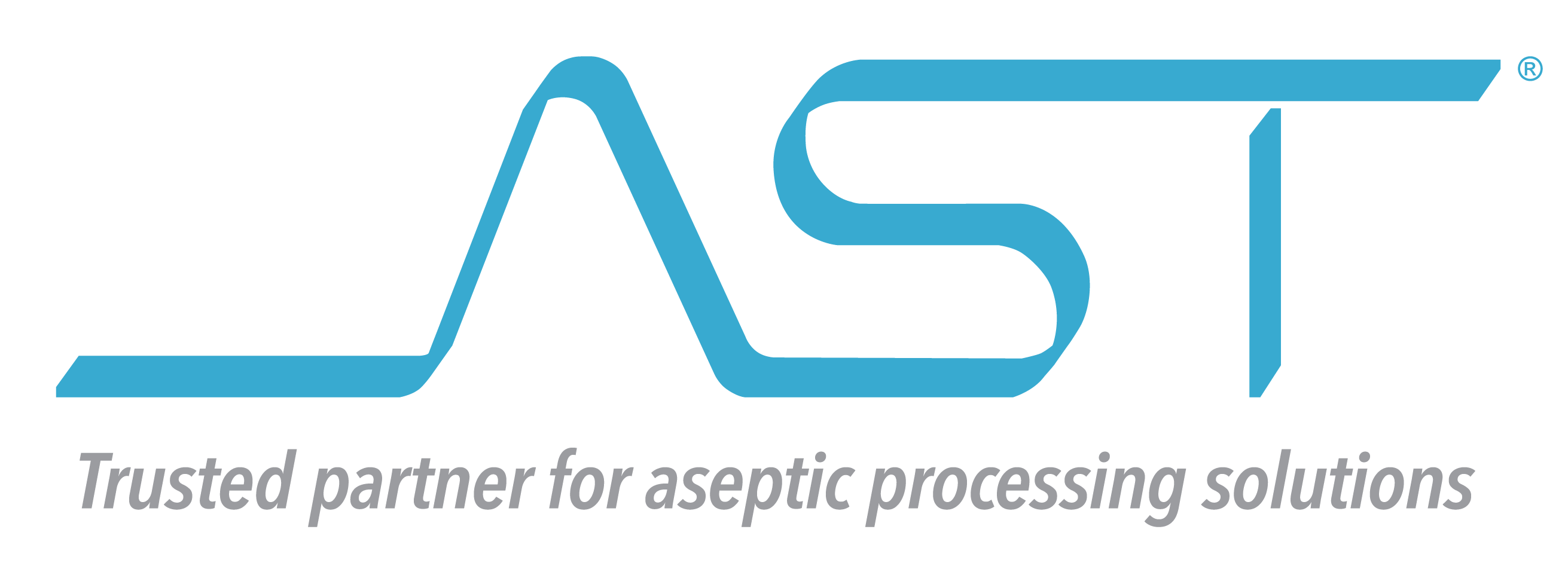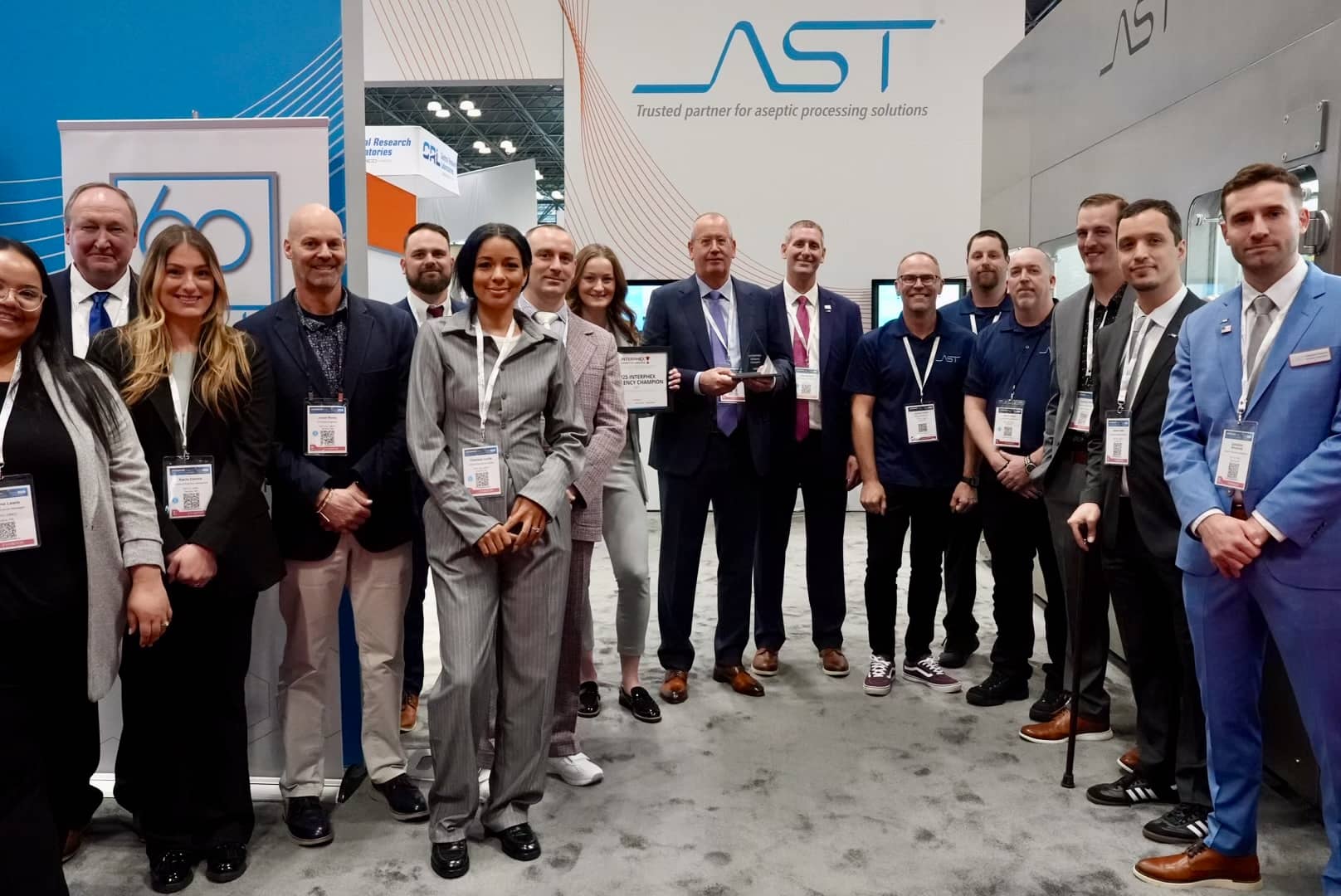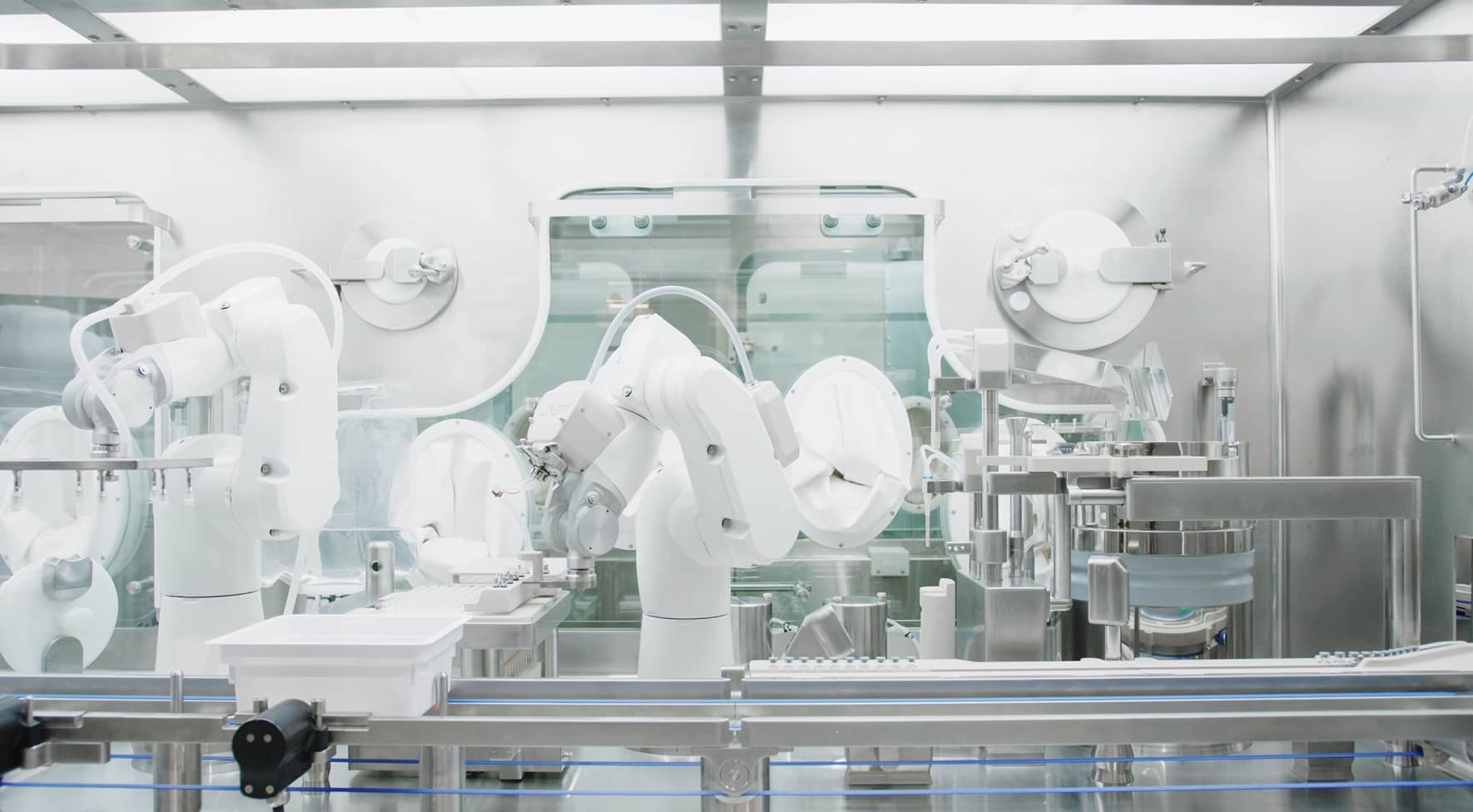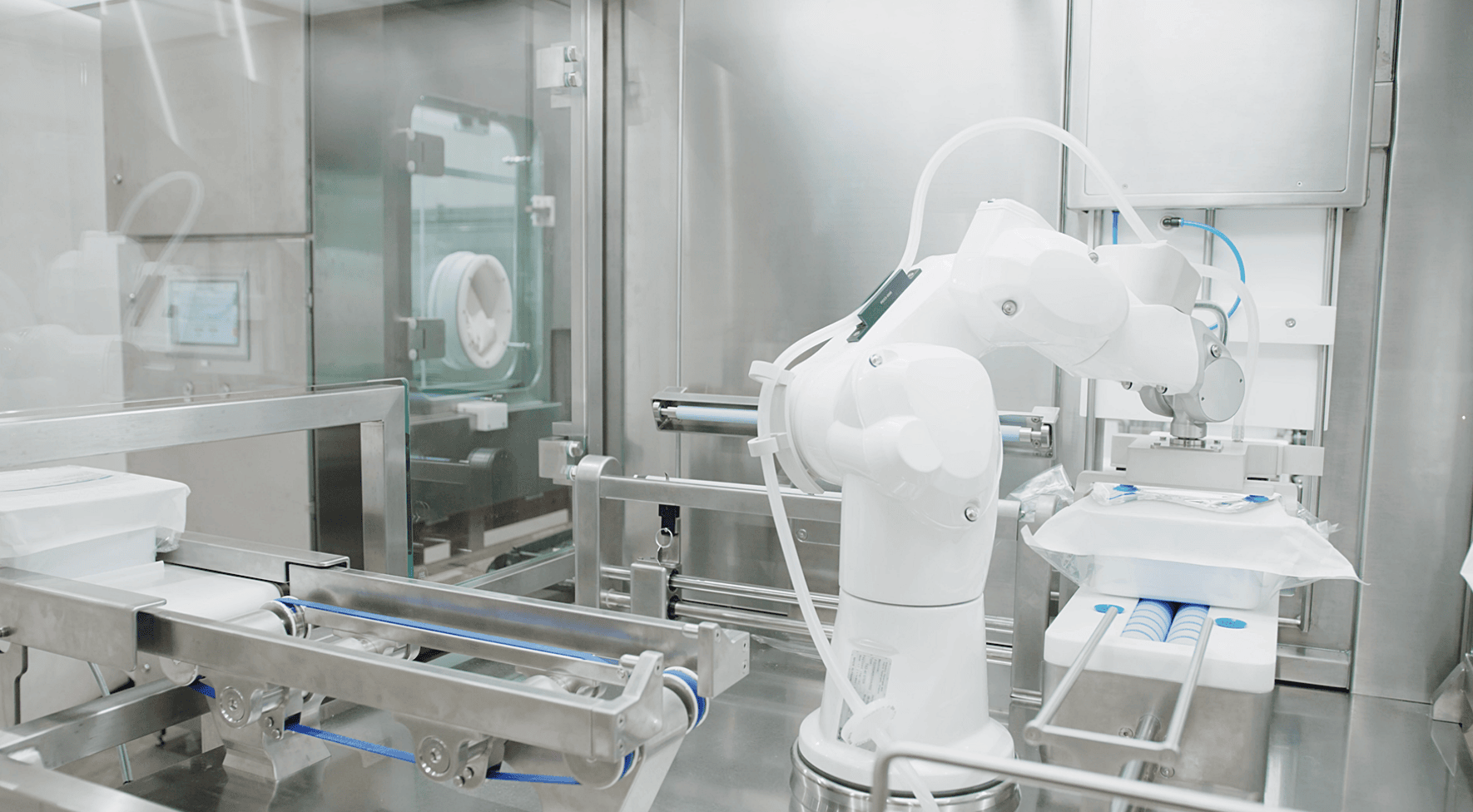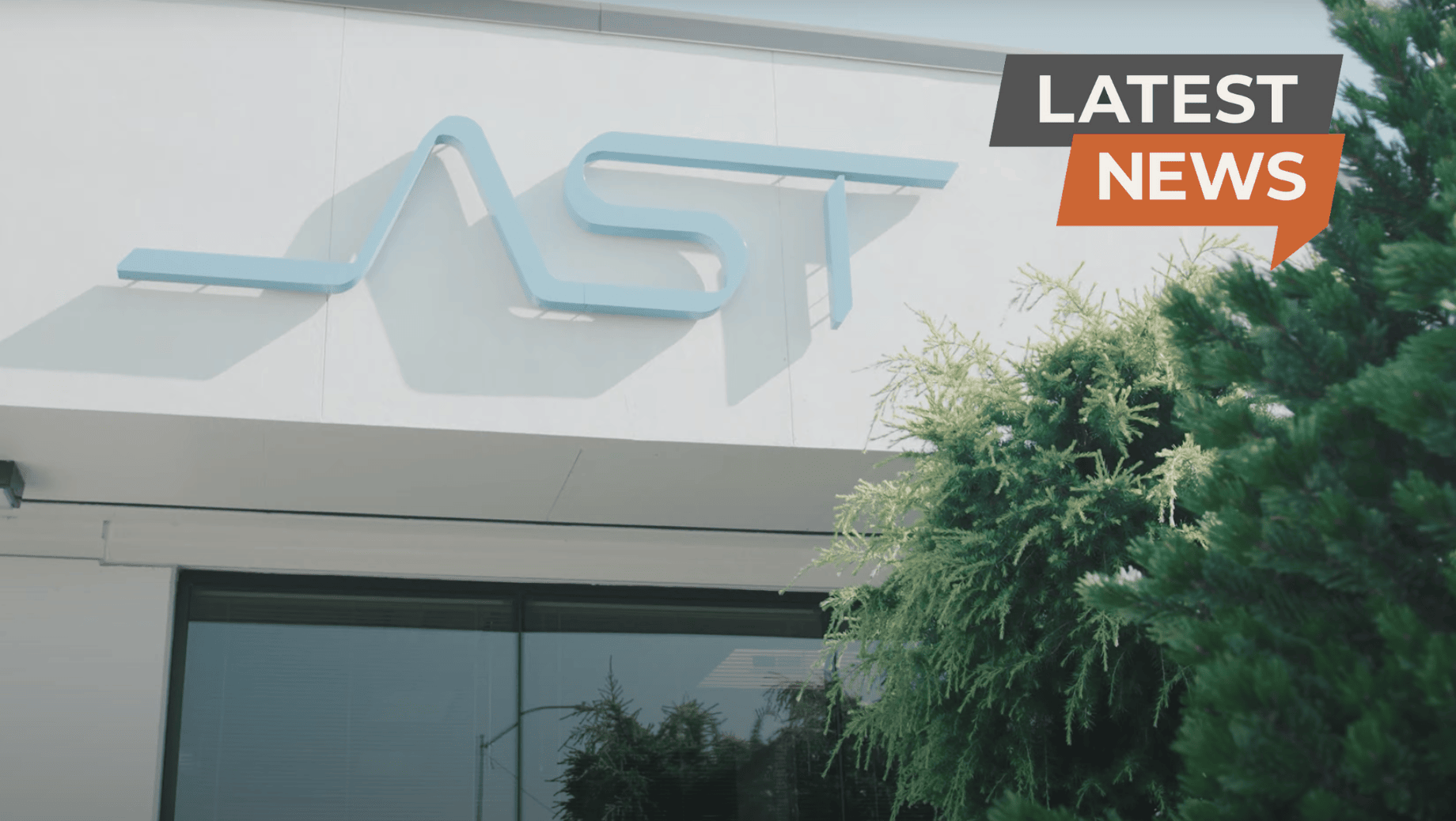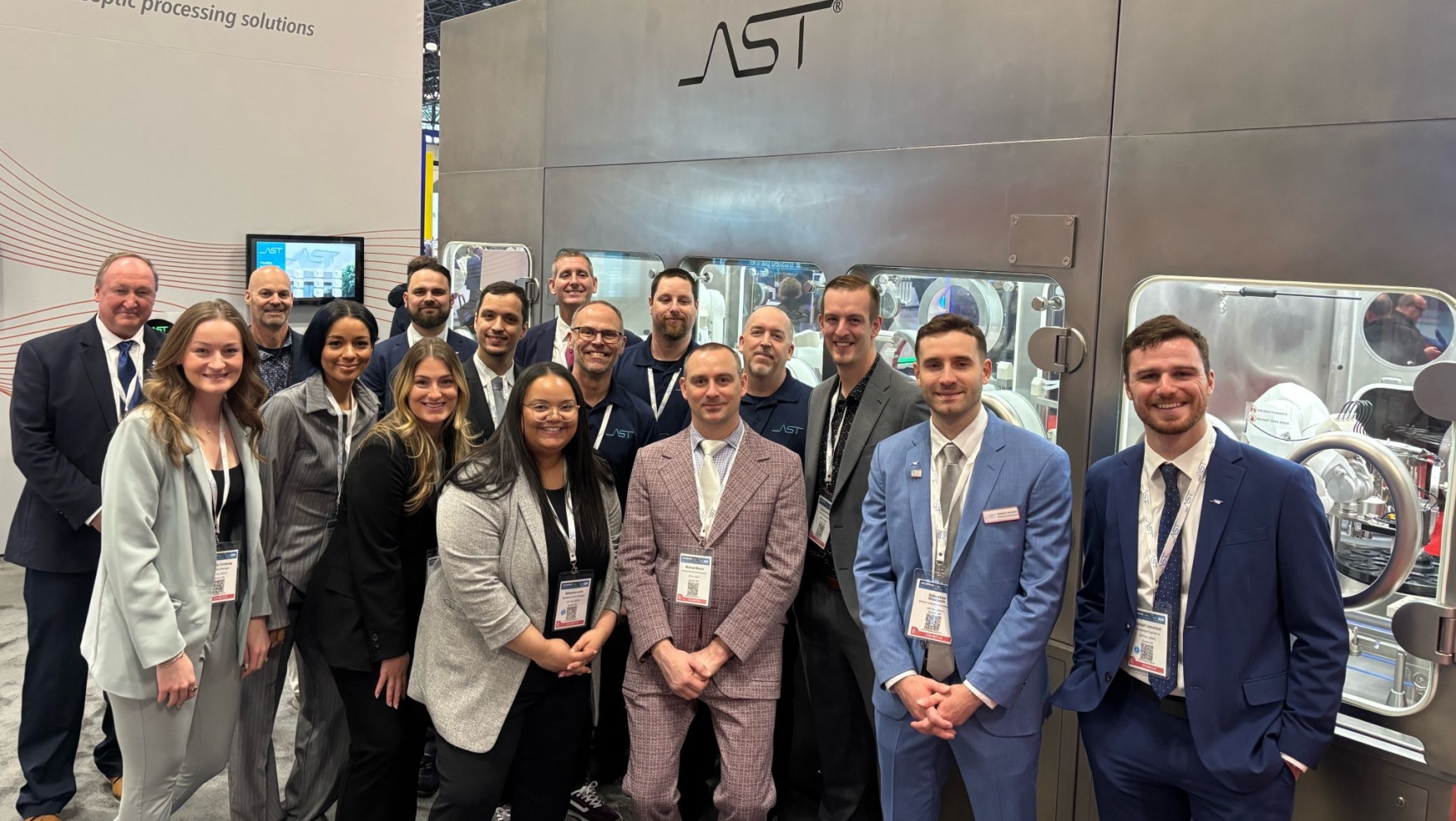The following article is part 1 of a blog series that has been adapted from Principal Commissioning, Qualification and Validation Engineer Jason Rossi’s recent article in Cleanroom Technology.
In the world of pharmaceutical development, the journey of the drug product to commercialization is largely defined by a single word: quality. A key point that’s clear in the revised Annex 1 is the expectation that the entirety of the sterile product manufacturing process be based and consistently revised upon sound principles of Quality Risk Management (QRM) to minimize contamination risks and ultimately ensure the quality of the drug product.
Annex 1 formalized expectations that had long been held throughout the industry and by other regulatory presences: that the design and execution of manufacturing operations and facilities should be designed around the scope of the product, and not the product around the facility. Regulatorily strong, sustainable drug manufacturing now requires a deep understanding of the overall drug product, quality attributes, and the processing measures necessary to achieve consistent, high-quality production throughout the product lifecycle.
Quality: What is It, and Why is It Important?
Throughout my career, I’ve seen the gradual progress towards product-centered design firsthand. The pharmaceutical industry has seen profound advancements in treatment modalities, including the emergence of patient-centered medicine through high-yield, highly targeted products. No longer tenable—and, in many cases, no longer compliant—is a facilities-first approach that attempts to constrain product needs to the limitations and capabilities inherent in whatever equipment and premises may be available. Best practices now dictate a proactive, product-first approach in the strategy, design, and implementation of a drug manufacturing operation.
Here, the concept of quality comes into focus; the more clearly and concisely product quality is defined and all the risks that could adversely affect that quality are understood, the more effectively the processes, equipment, and facilities can be designed to support the realization of a product.
So, what exactly are we talking about when we discuss quality? Simply put, Quality is how appropriate and effective a drug is for its intended use and definitionally includes attributes like purity and strength (ICH Q8). Once identified, a process and strategy can be developed that supports and controls the product’s critical quality attributes (CQA) and critical process parameters (CPP), and considers the full scope of the operation and all its potential variables related to quality and repeatability of production. The end goal is to ensure that sterile products are effective, safe, and available to patients.
Since quality is the priority, it’s necessary to understand how to assess these variables in relation to potential harm to the product and the associated risks. How do we correctly identify risks and evaluate them in a proportional manner? And how do we resolve risk, either preemptively or mitigate it during development and production? The answer is robust, science-based QRM principles.
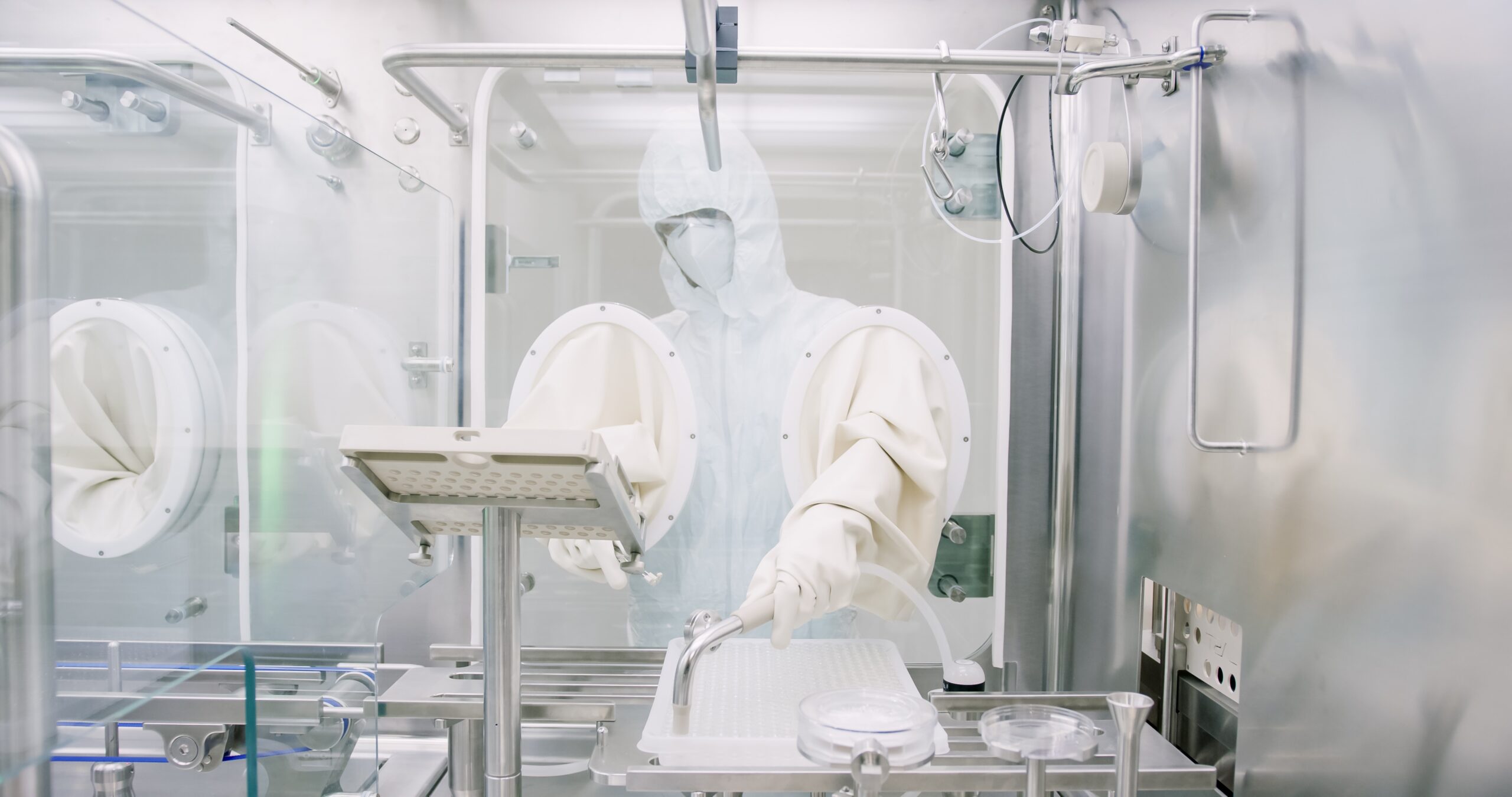
The two tenets of QRM are that risk evaluation and decision-making should be based on scientific justification and that the level of effort and protocol of any risk-informed process should be proportional to the risk itself. As Annex 1 highlights, QRM principles should be applied to every aspect of an operation that results in the final product, including facilities, equipment, processes, and personnel. How, practically speaking, are these principles applied to an operation? By implementing Quality by Design (QbD) solutions.
Quality by Design is a systematic approach to design and development that prioritizes product quality and QRM principles in clearly defined processes and objectives based on the specifications of the product. A proactive and preemptive approach, Quality by Design is how QRM principles are brought to bear on the operation as a whole, and on related quality management initiatives like Contamination Control Strategies. Fundamentally, QbD is based on ongoing scientific feedback and is a key vehicle for pursuing continuous improvement throughout the product lifecycle. An active, effective QbD strategy equips stakeholders with solutions based on the product quality needs and practical avenues for designing out risk throughout the product life cycle, accelerating major milestones in drug development and commercialization.
Annex 1 and Recent Regulatory Findings
The discussion on QbD is particularly relevant in light of the revised Annex 1 and recent findings over the past 18 months. There have been persistent themes around both the implementation and interpretation of CCS and QRM principles observed by regulators. Some key findings include:
- Risk analyses were too generic
- The scientific basis for both RA and CCS wasn’t sound
- In some cases, QRM was used to justify bad practice
- CCS wasn’t expansive enough, unidentified risks were present
- CCS was static/with no program in place for feedback or updates
- QRM process was predetermined or not active
It’s important to note that while it’s easy enough to view these findings strictly from the viewpoint of compliance, the broader context is the clear progress that the industry has made in these areas. Higher standards and new regulatory concepts are downstream of the refined processes, collective knowledge, and innovations that make those standards attainable. Our industry is at a place in time where we can address and resolve risk at an incredibly high level and where it’s possible to enact a holistic strategy that addresses all variables of contamination.
Stay tuned next week for part two in this series as Jason delves into practical applications for a Quality-by-Design approach.
